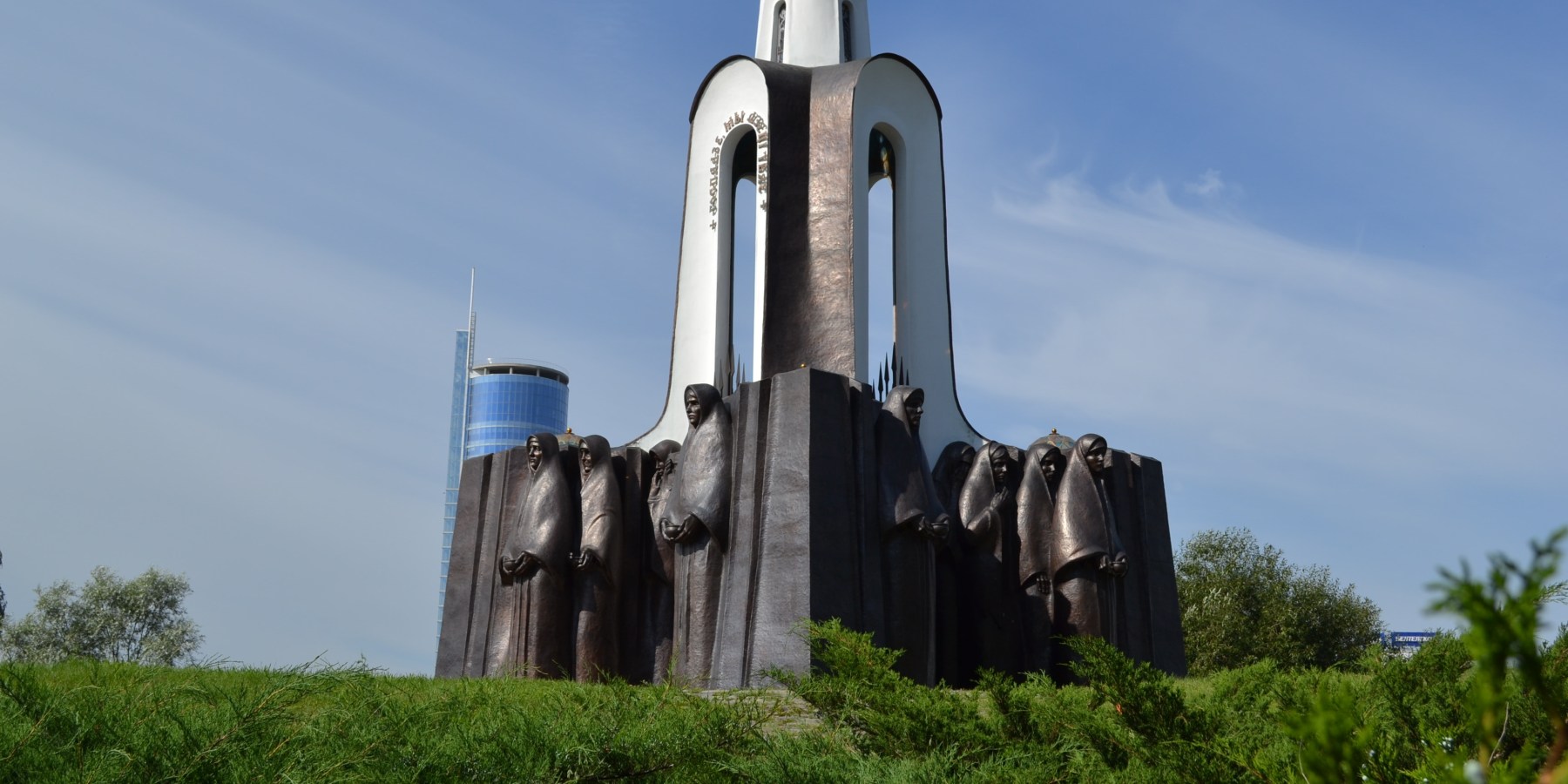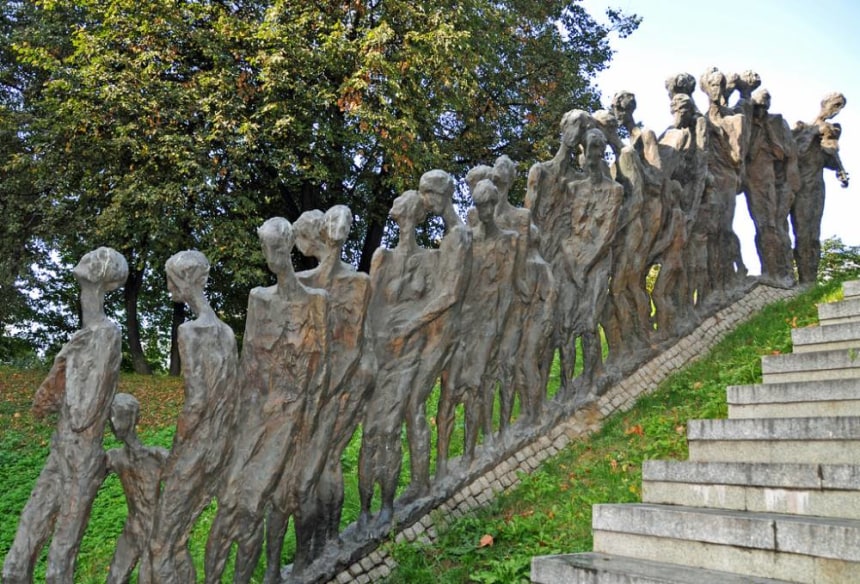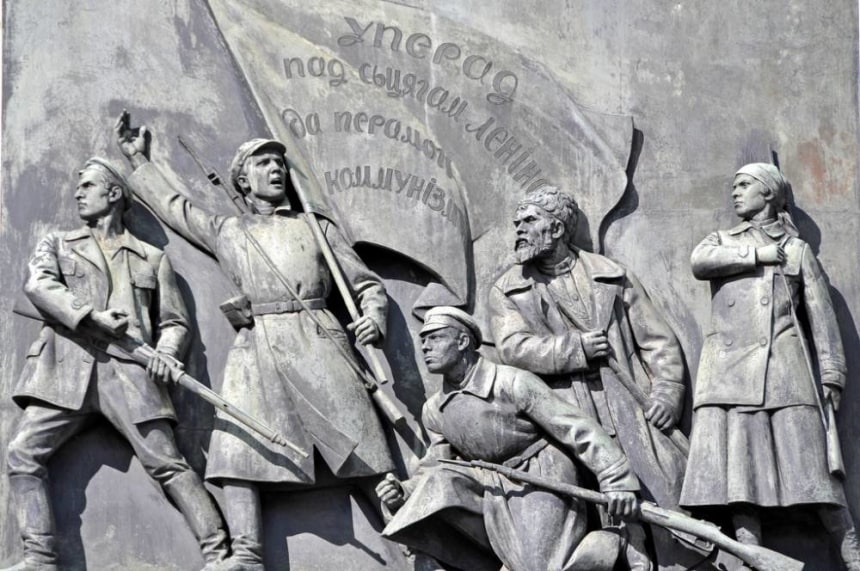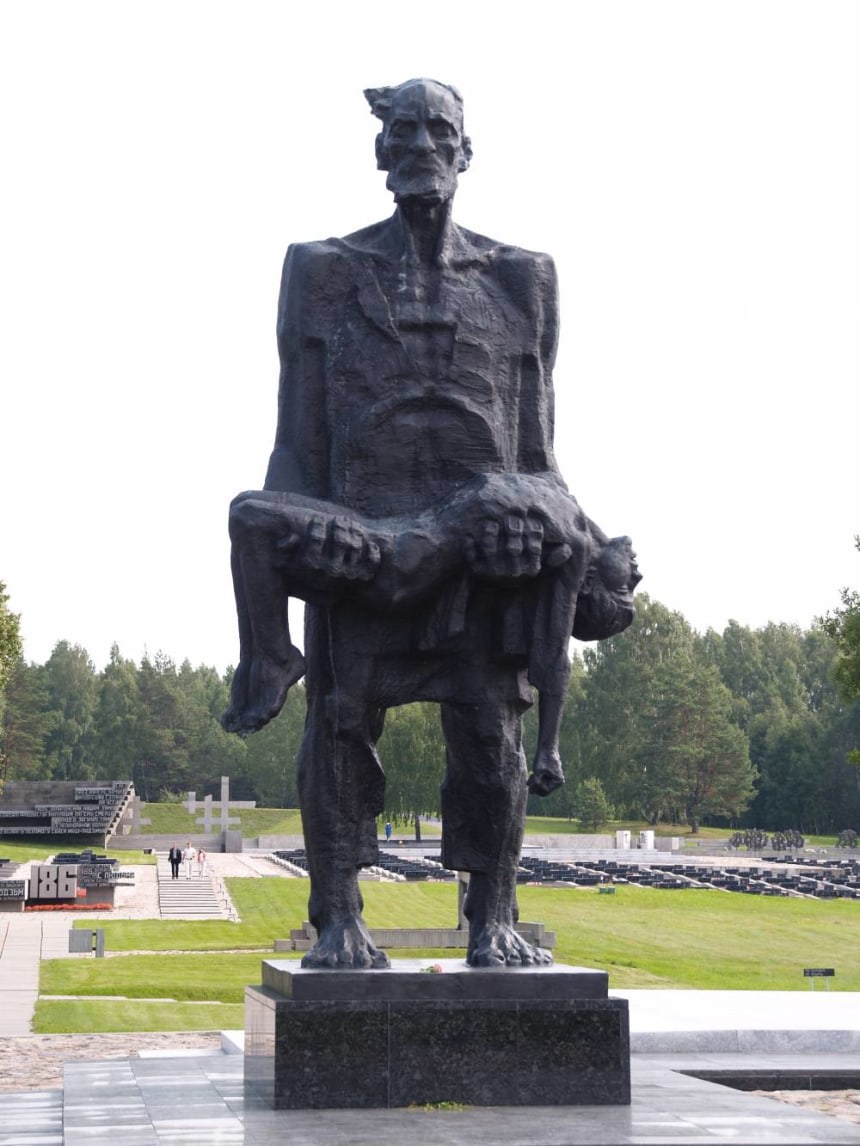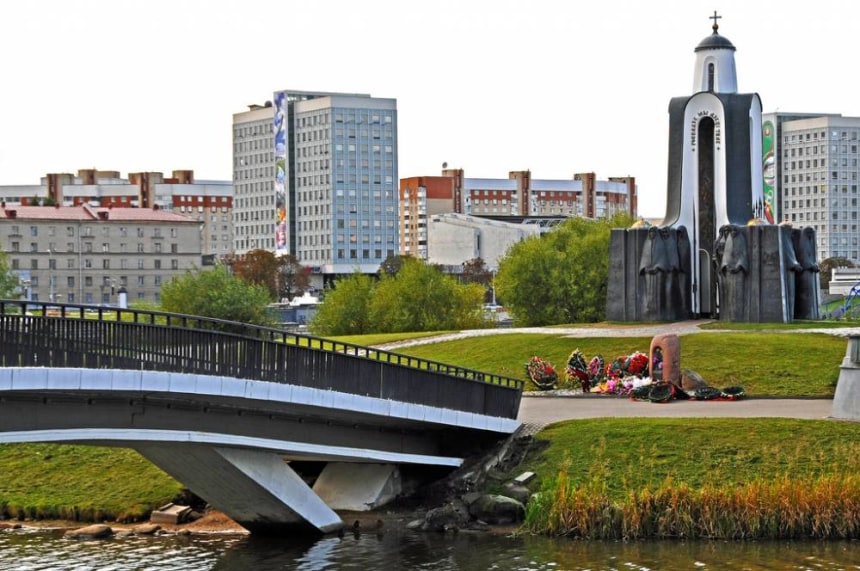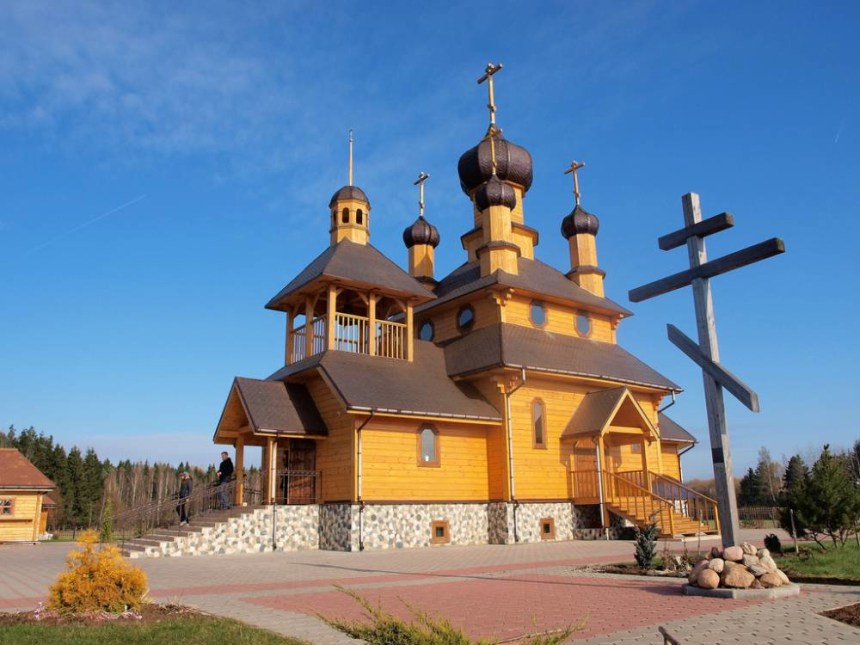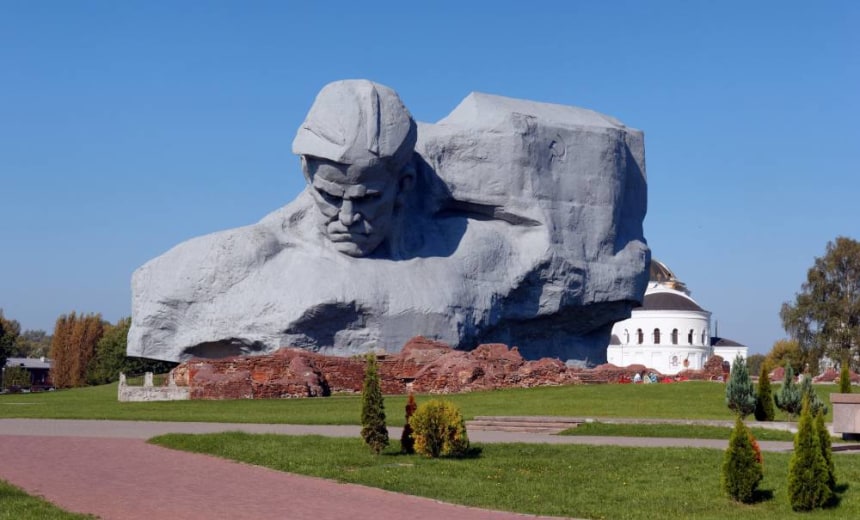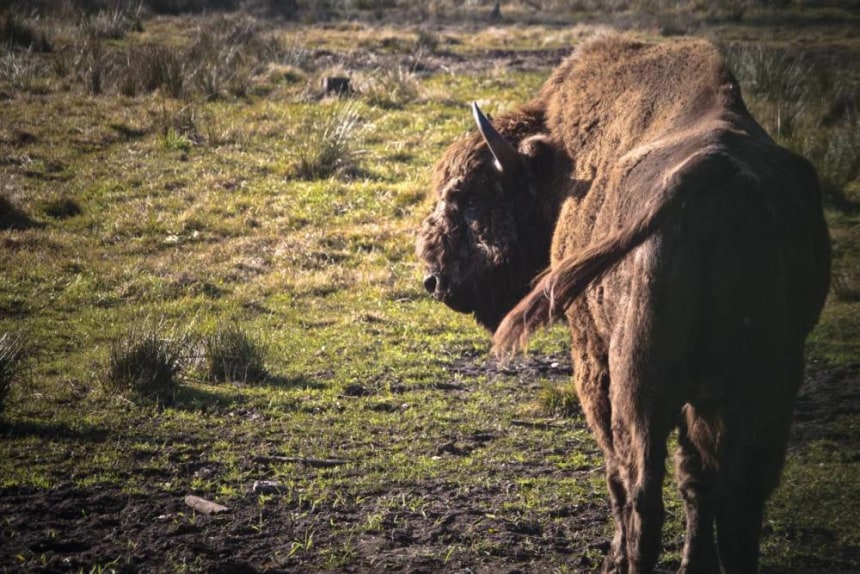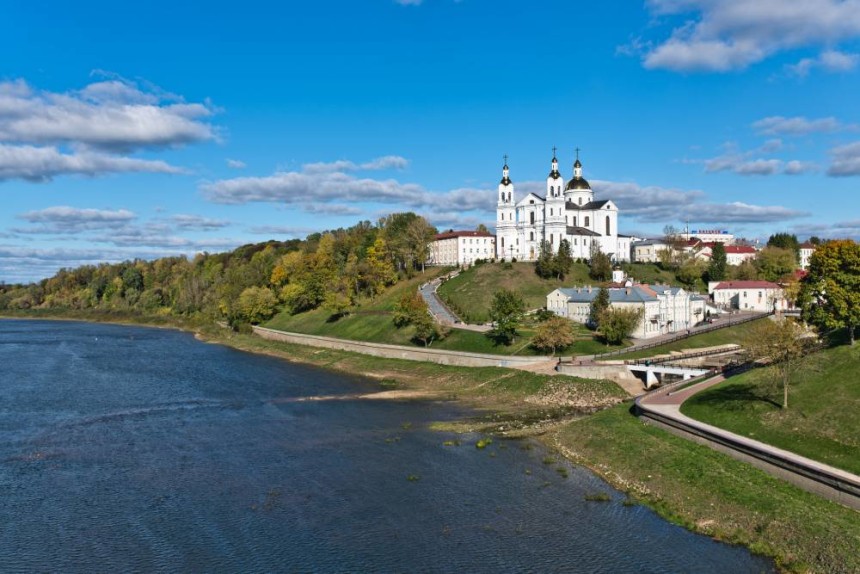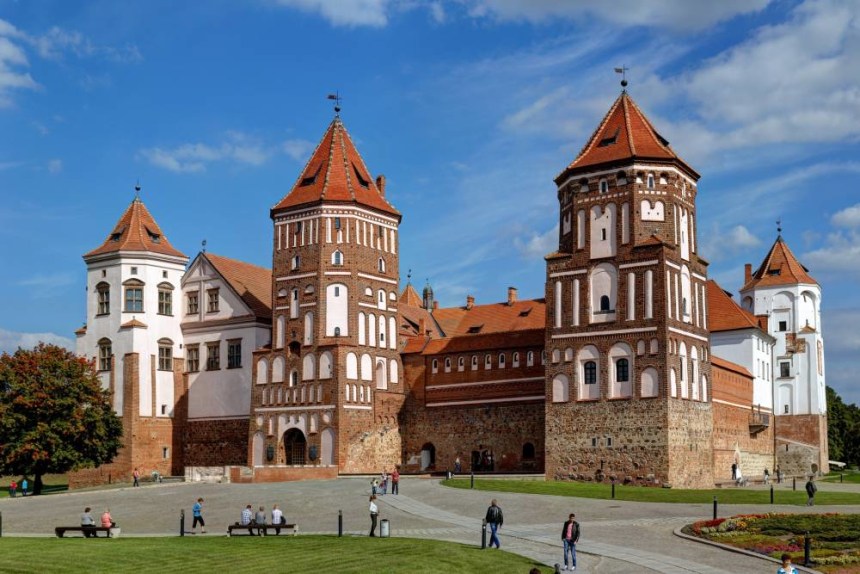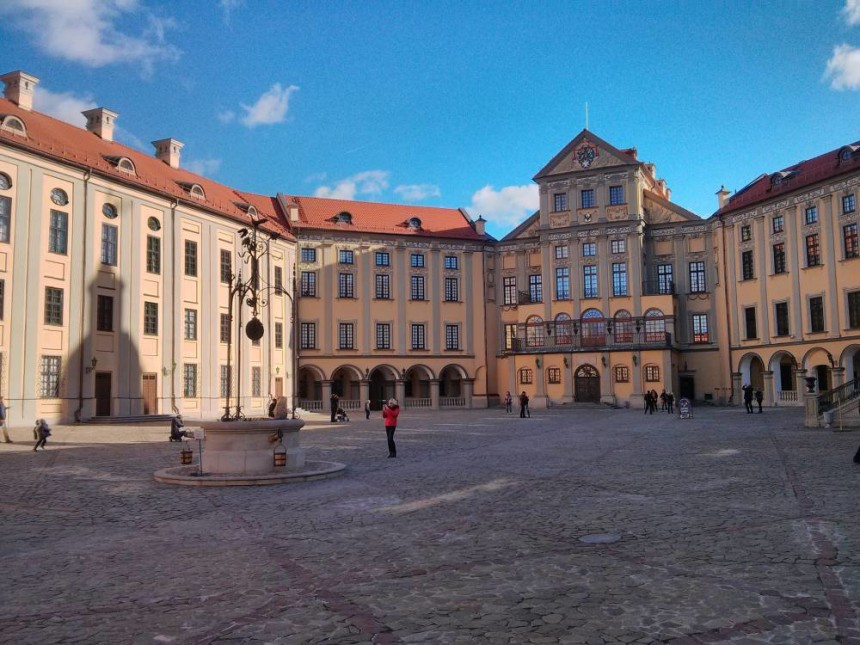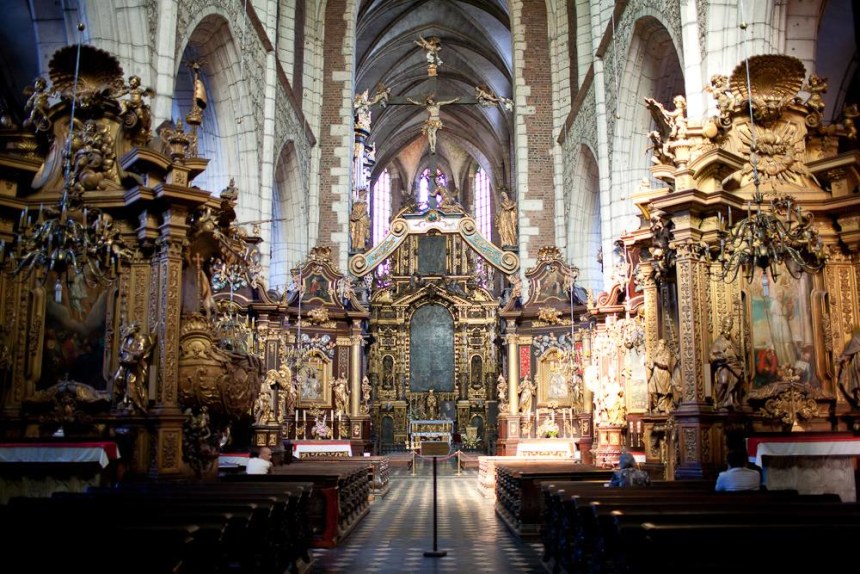| 7 mins read
By Joseph Francis
Belarus is perhaps the last great-untapped land of Europe. It has remained aloof from the borders of the European Union that now encircle it to the west and north, running from the deep forests of eastern Poland to the rolling hinterland of Lithuania and Latvia. Rather than looking westwards to reform and capitalism after the fall of the Berlin Wall, it looked east and to Russia. Claims of authoritarianism and corruption plague its government; state ownership still dominates the media and there’s something of a palpable suspicion towards travelers who opt to come.
But despite its isolation and rampant Soviet nostalgia, there’s a certain, somewhat exotic allure to this off-the-beaten-track land on the periphery of the continent. Yes sir, as this Belarus tourist guide will show, it’s home to gorgeous Gothic cathedrals, sobering post-war memorial sites, a breathtaking backcountry of fir forests and shimmering lakes, majestic (and uber-rare) European animal life, old Russian palaces, ski slopes and wild woodlands that go on for miles, not to mention a fascinating history that tells tales of power struggles between the Polish kings, old Kievan Rus and Slavic imperialism.
Brush up on your Belarussian history
Like all of the countries that border it, Belarus has a seriously enthralling and tumultuous history. Travelers who opt to come here should be sure to brush up before they arrive, because understanding where Belarus came from and how the state was formed will go a long way to helping people understand the character and traits of the country today.
Belarus started life right at the heart of what came to be known as the old Kievan Rus; a dynastic power that extended from the edges of what is now Poland to the coast of the Baltic Sea and the Volga River basin. Next came the hegemony of the Polish-Lithuanian Commonwealth, and then the Russian Empire. The medieval power struggle that ensued between Russia and the Polish monarchs was the beginnings of one of the defining dialects of Belarus; stuck between the throes of east and west, Germany and the USSR, capitalism and communism. Yep – it’s best to avoid talking politics!
Discover national memorials and a proud heritage
As any Belarus tour guide will be quick to inform you, this old Slavic nation is famed for its strong identity and national pride. Combine that with an often dark and conflict-ridden history and it’s easy to see why there are quite so many national monuments and memorials peppering the cities here.
Start with a trip to what is arguably the capital’s best institution, the Museum of the Great Patriotic War. This chronicles the destruction and devastation Belarus suffered at the hands of the Nazis during WWII with a sobering and thought-provoking section on labour and death camps. (English tours are available from any number of Minsk tour guides). The Khatyn Memorial, just 50 kilometers from the capital is the site of just one of the many Nazi massacres that riddled the region. It is marked by a particularly poignant statue of Yuzif Kaminsky, the only adult survivor of the atrocities in Khatyn, carrying the body of his dead son. There’s also an eternal flame memorial set in a grove of three lonely birch trees; paying tribute to the quarter of Belarusians who were murdered in the conflict.
Then there is the Island of Tears located on a manmade island right in the heart of Minsk. Grey and black statues encapsulate the grief of mothers who lost their sons in the Soviet War with Afghanistan.
Enjoy the cities and towns
Top of the menu for the city-lover hitting Belarus has to be Minsk. This surprisingly lively, action-packed town boasts the likes of the Belarusian National Opera and the Victory Square. It’s also got something of a European edge to it, with cafes spilling onto the streets in the summer and the popular ski slopes of Siličy lingering nearby in the winter. A day trip out to the Dududki open-air museum is a great way to experience Belarusian rural culture, from handicrafts and a moonshine distillery to authentic cuisine of fresh cheese, pork sausages and schi (cabbage soup)
Other travelers will head to Brest – the second largest city in the nation. Oozing with a real western European feel, this one touts the likes of the Sovetskaya walking street and peaceful Gogol Street, with its looming and haunting Millennium Monument. The piece de resistance though, and top of the menu for any Brest tourist guide, has to be the Brest Fortress on the edge of town; a crumbling dilapidated citadel that reveals tales of Russian emperors and German invaders alike.
Get ready for some unexplored landscapes
Of course, there’s much more to this fascinating and isolated land than political upheaval and human history. Straddling the join between the heartlands of Europe and the wilds of the untrodden Slavic east, this nation is home to gorgeous lake districts to rival Masuria, beautiful undulating landscapes of snow-clad or grassy hills (depending on the season) and deep, mysterious forests.
An absolute must is the Belovezhskaya Pushcha National Park, which picks up from Białowieża Forest on the Polish border and encompasses more than 1,000 square kilometers of rare primeval woodland. It’s famed as the home of some of the last remaining European bison on the continent, and today travelers flock here to try and spot the hulking yet elusive beast between the dense fir thickets.
Further to the north travellers will discover the irresistible Vitebsk Region. Home to two national reserves, this “land of lakes” that is home to the freshwater lakes of Osveya, Lukomlskoye and Dryvyaty is now rising as one of the natural hotspots in the country and is a real favourite with domestic travellers eager to escape the summer heat of the city.
Don’t leave out the castles and cathedrals
Belarus is also known for the smattering of historic castles that pepper its towns, some such as the Kamyanyets Tower in Brest dating back to the 12th century. The 14th and 15th century brought in a surge of military architecture with the construction of stone castles and fortress churches, while the Renaissance brought in a unique and opulent flavour, the best of which is surely at Mir. A glorious array of original Gothic architecture and Renaissance additions form the heart of this UNESCO-attested construction, while courtyards and restored ballrooms offer a glimpse of the lavish lifestyles once enjoyed by the dynastic Radziwiłłs.
Also worthy of a visit is the glorious and grand Nesvizh Castle, which is still considered by many to be one of the most beautiful examples of Polish castle construction (it was also built by the Radziwiłł family in the 16th century). Here, travellers can see a curious intermingling of Russian Orthodox and Catholic styles, along with UNESCO tagged portrait galleries and courtrooms.
On route to the Nesvizh Castle, take time out to visit the Corpus Christi church with a beautiful interior and more interestingly, a massive underground crypt. While in Minsk, do pen into your Belarus travel itinerary the Church of Saints Simon and Helena for its unusual architecture, as well as the Holy Spirit Cathedral, representing the heritage and culture of the traditional Russian Orthodox Church beautifully.
Joseph ‘Rich’ Francis is a freelance travel writer who has travelled extensively in Asia and Europe. He particularly enjoys the jazz bars of Poland, the ski slopes of Austria and the beaches and cities of India.
Image Details and Licenses: https://flic.kr/p/7ohJAJ (Dennis Jarvis, CC BY-SA 2.0), https://flic.kr/p/7nQkNk (Dennis Jarvis, CC BY-SA 2.0), https://flic.kr/p/71qYDG (Dave Proffer, CC BY 2.0), https://flic.kr/p/7o8KgD (Dennis Jarvis, CC BY-SA 2.0), https://flic.kr/p/8QtPJQ (Andrius, CC BY-NC 2.0), https://flic.kr/p/vA43Te (Alexxx Malev, CC BY-SA 2.0), https://flic.kr/p/87bKrL (Frank Vassen, CC BY 2.0), https://flic.kr/p/A4VgAB (Marco Fieber, CC BY-NC-ND 2.0), https://flic.kr/p/rxc5Cx (Alexxx Malev, CC BY-SA 2.0), https://flic.kr/p/ssndPy (Pierre Marshall, CC BY 2.0), https://flic.kr/p/8uMqFp (Bauke Karel, CC BY-NC-ND 2.0) https://flic.kr/p/aEQwDz (Marc Veraart CC BY-ND 2.0)

